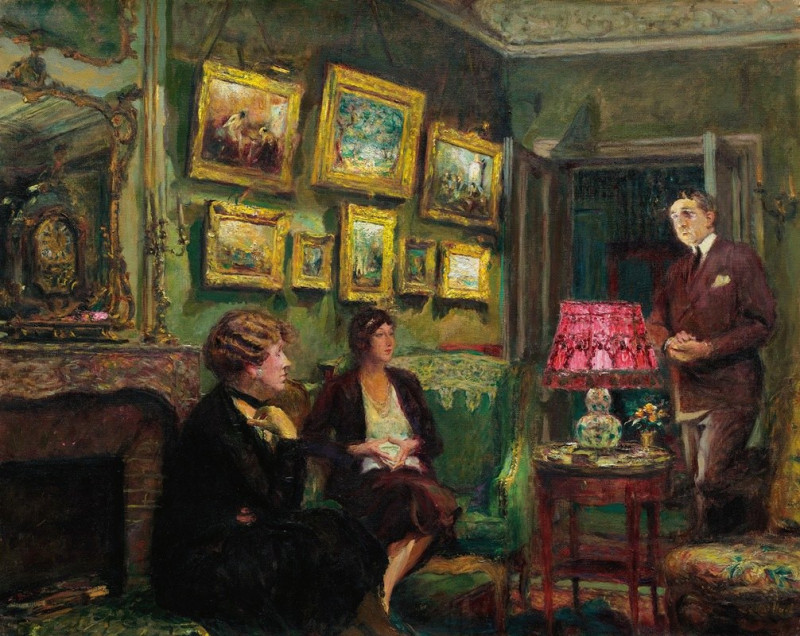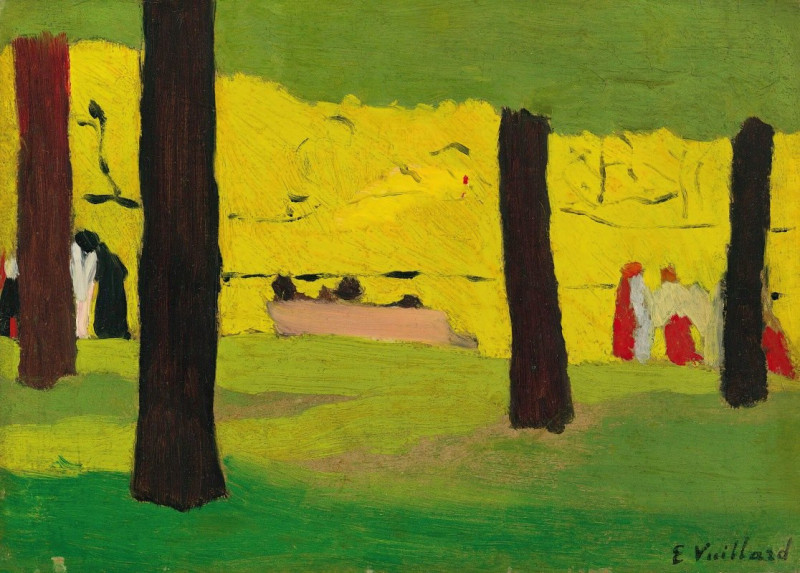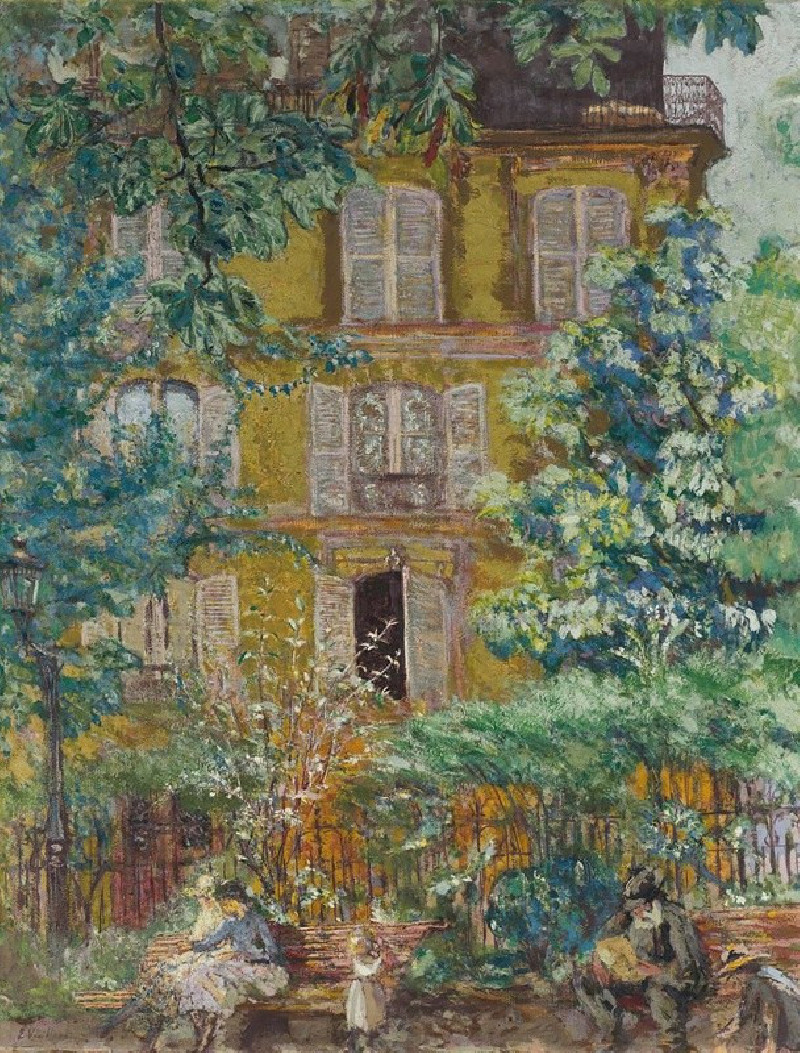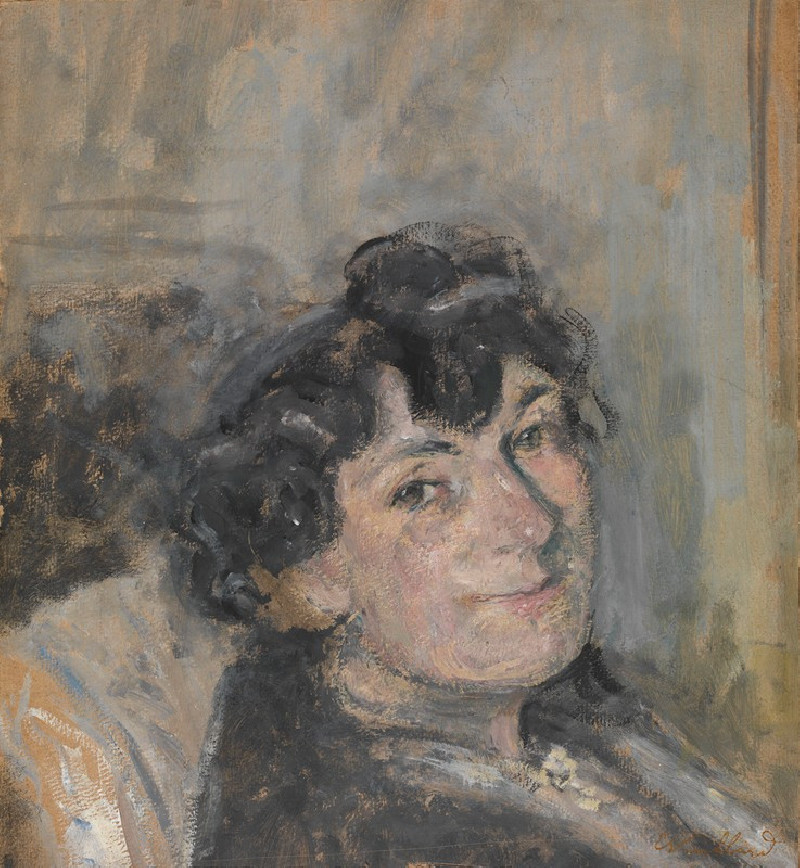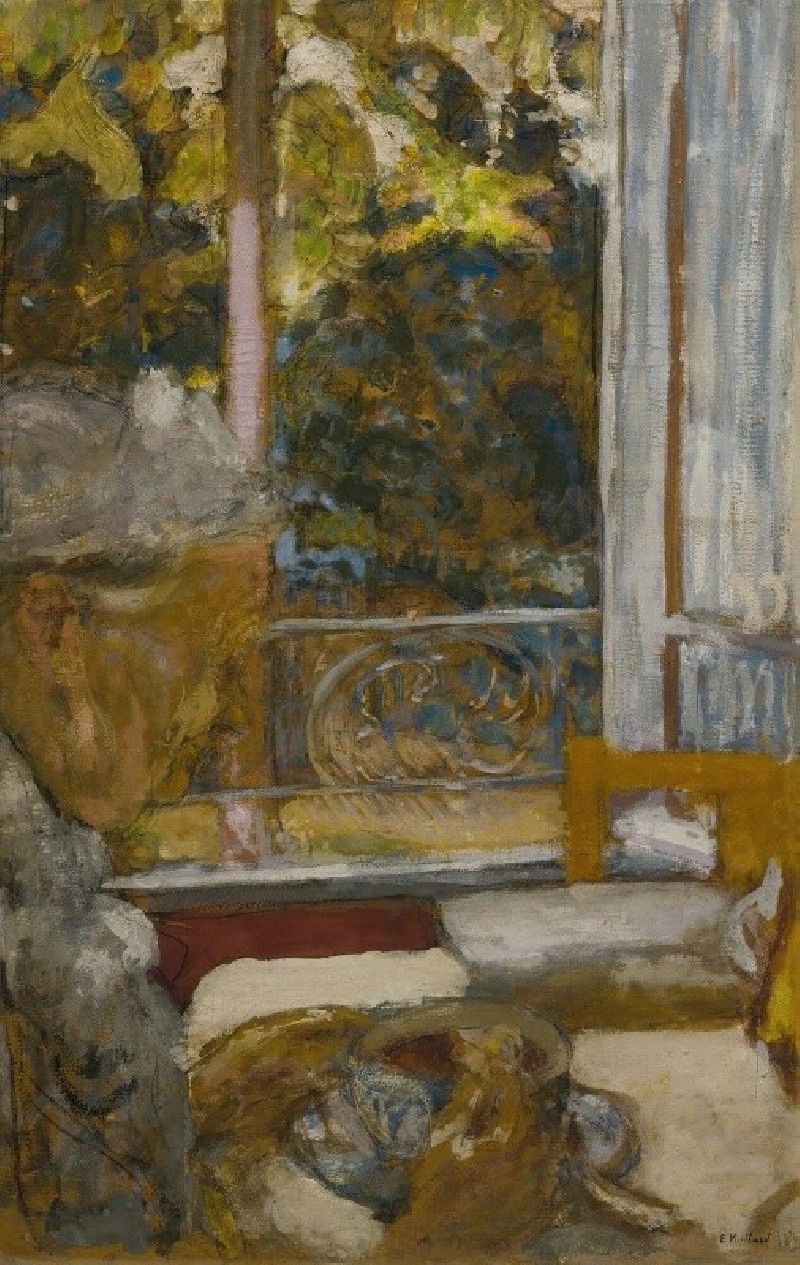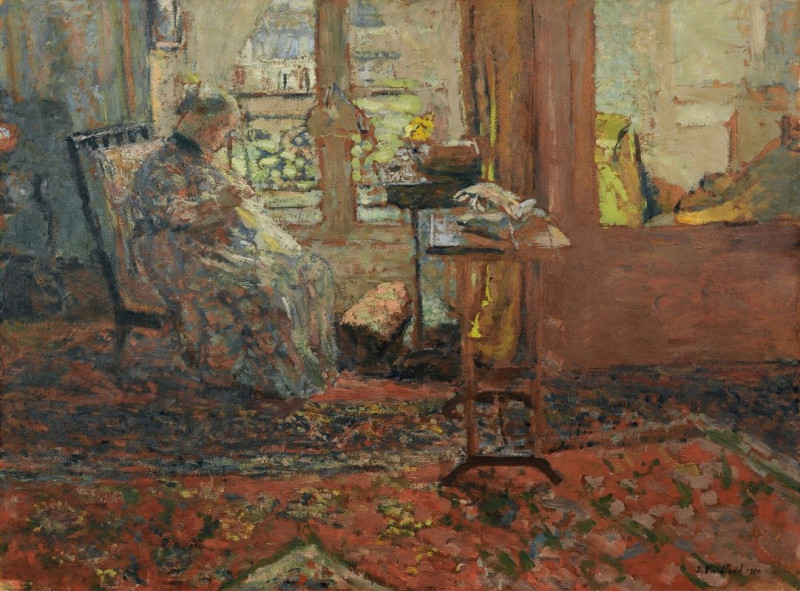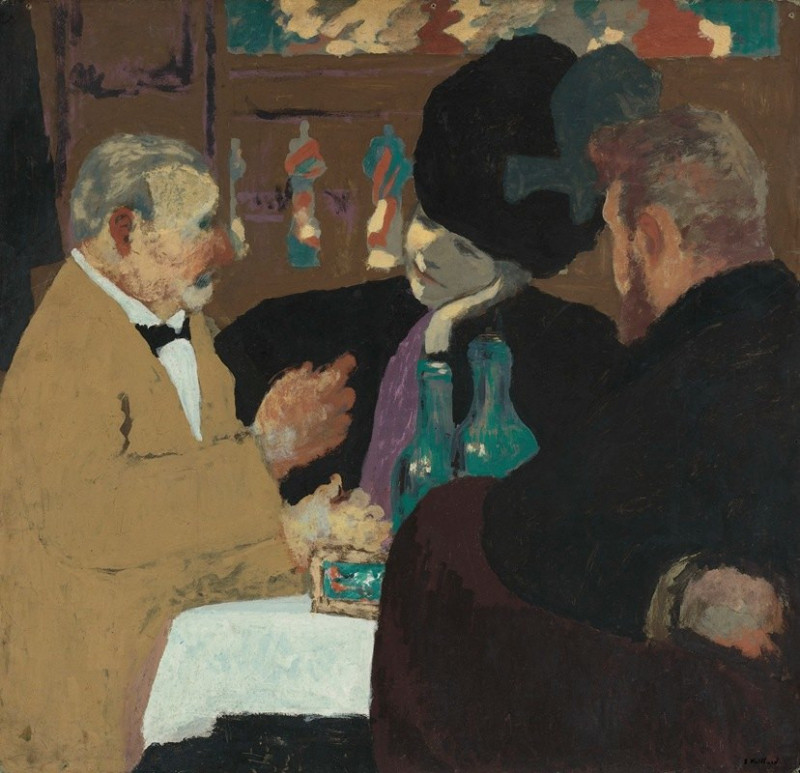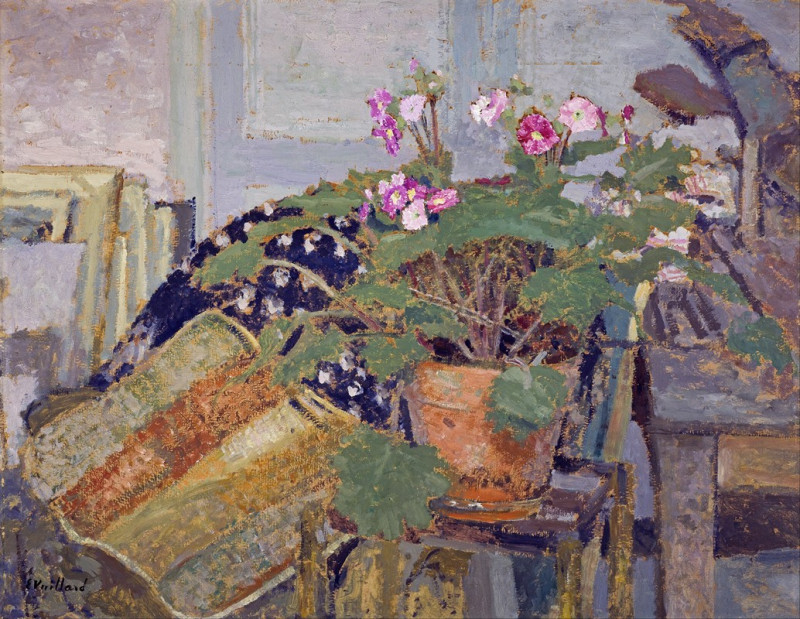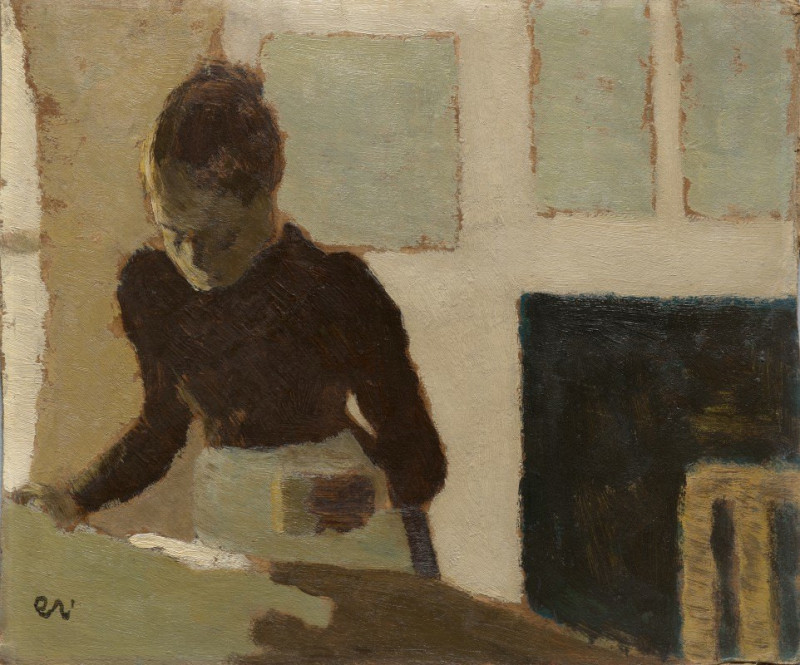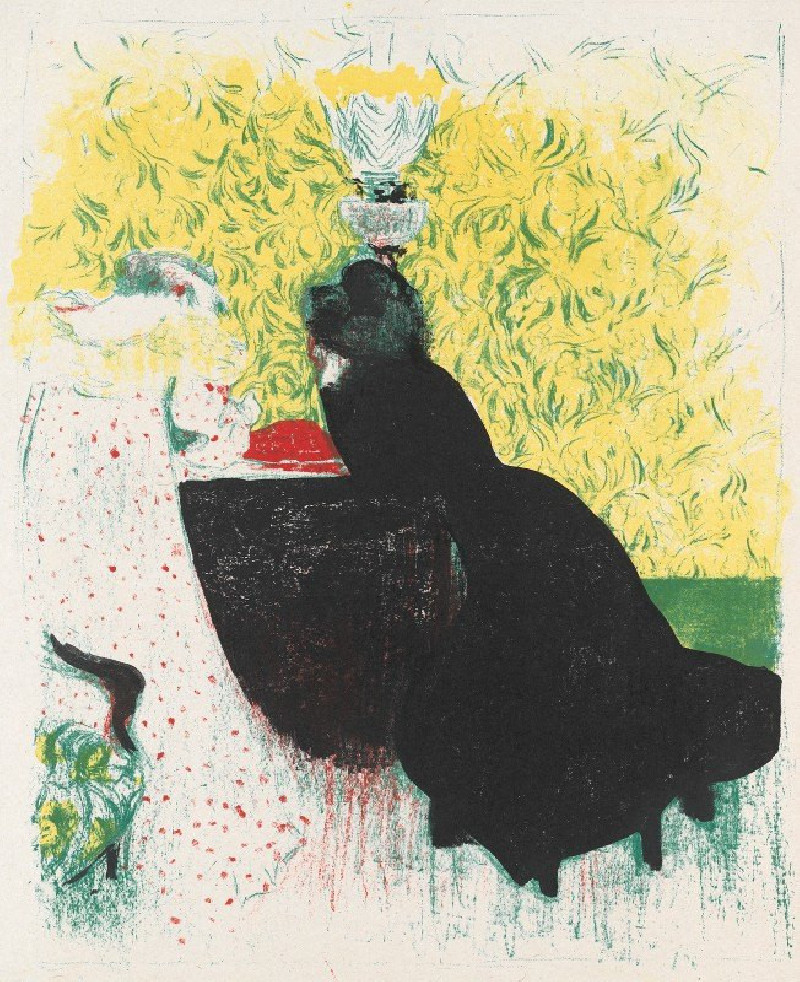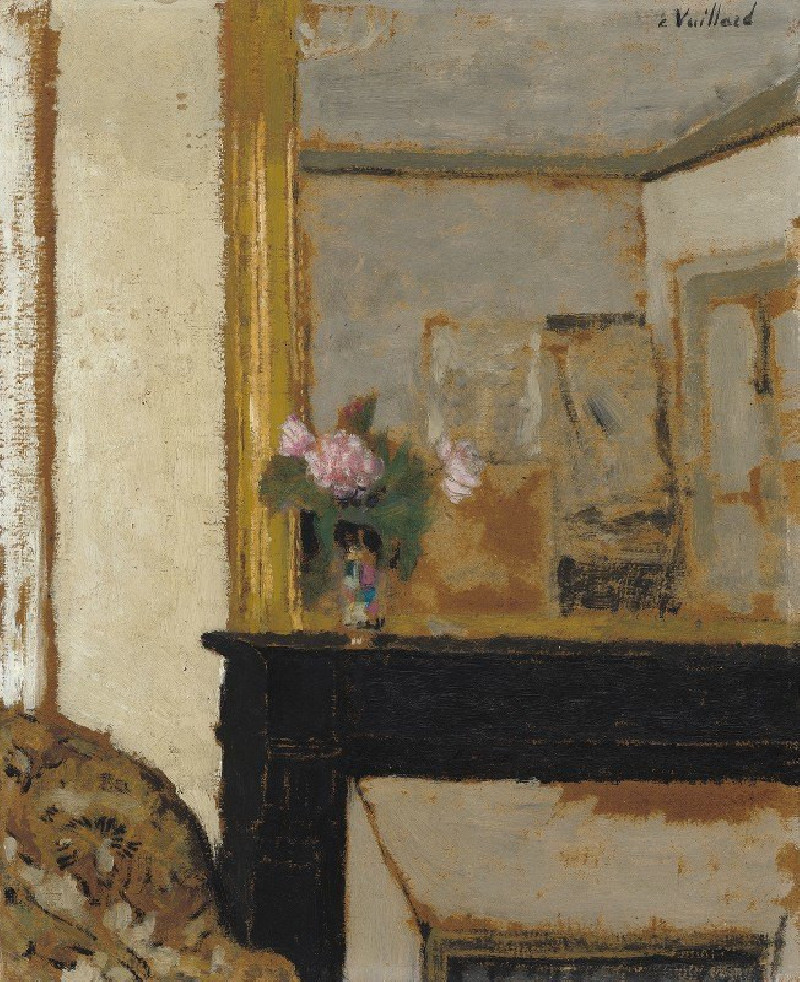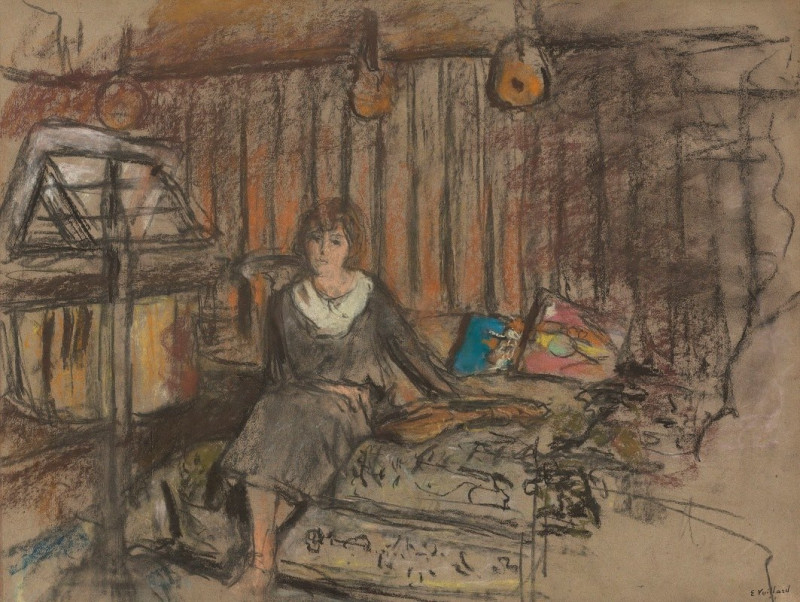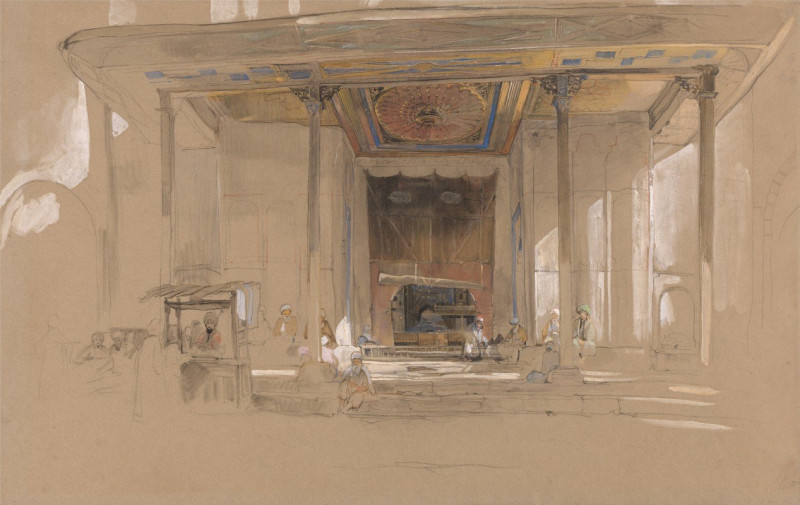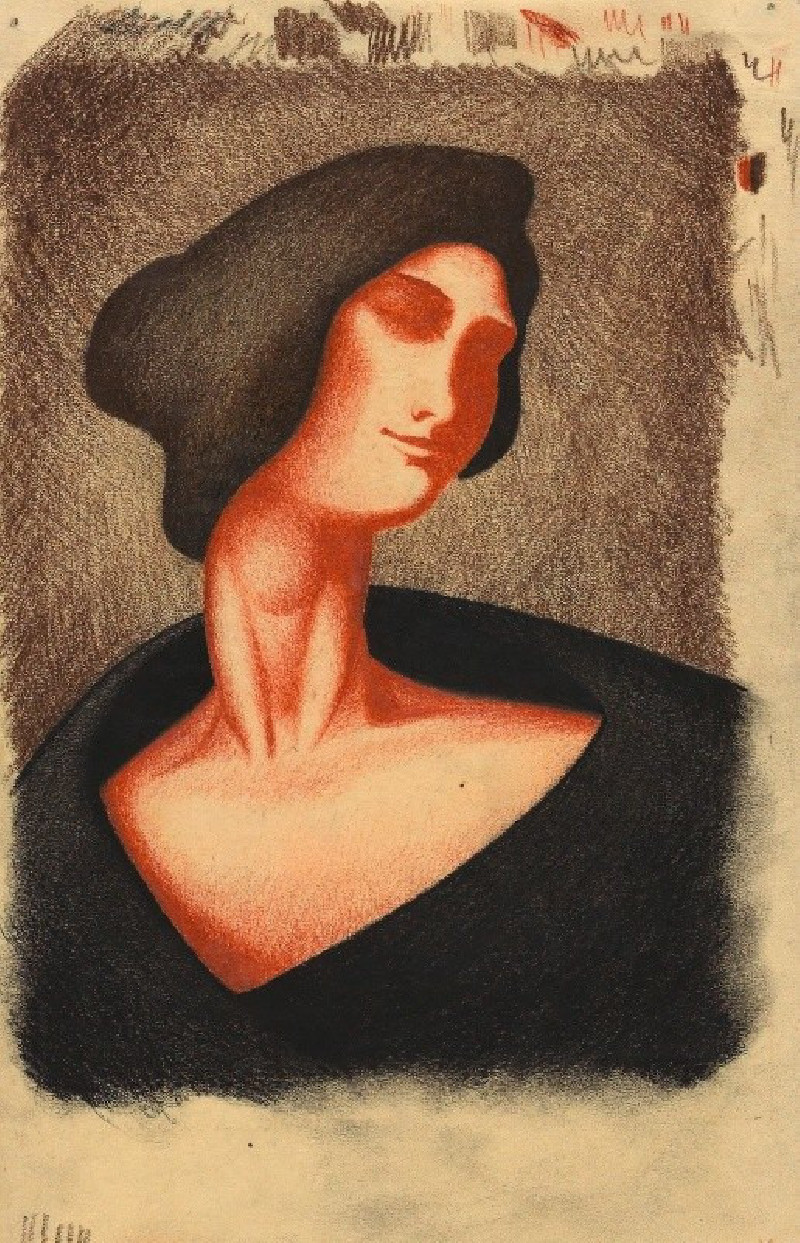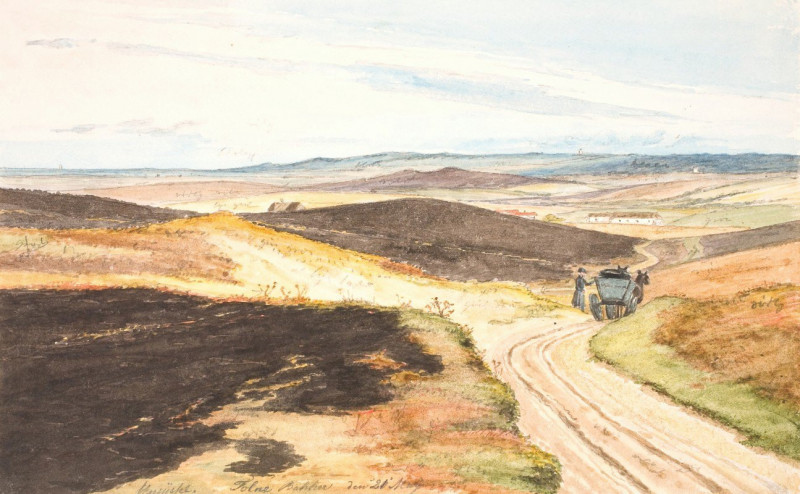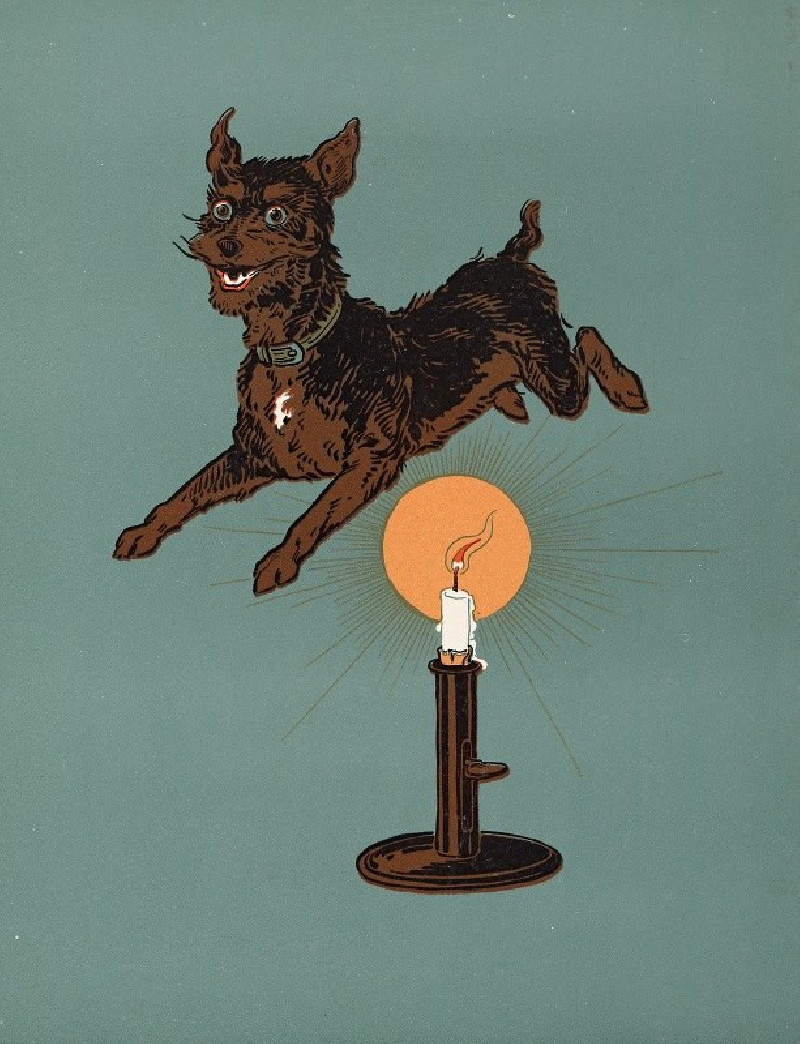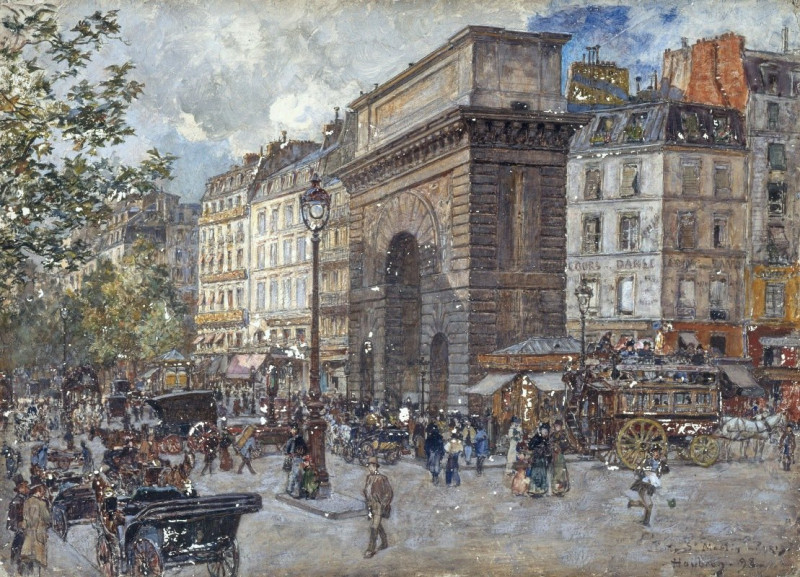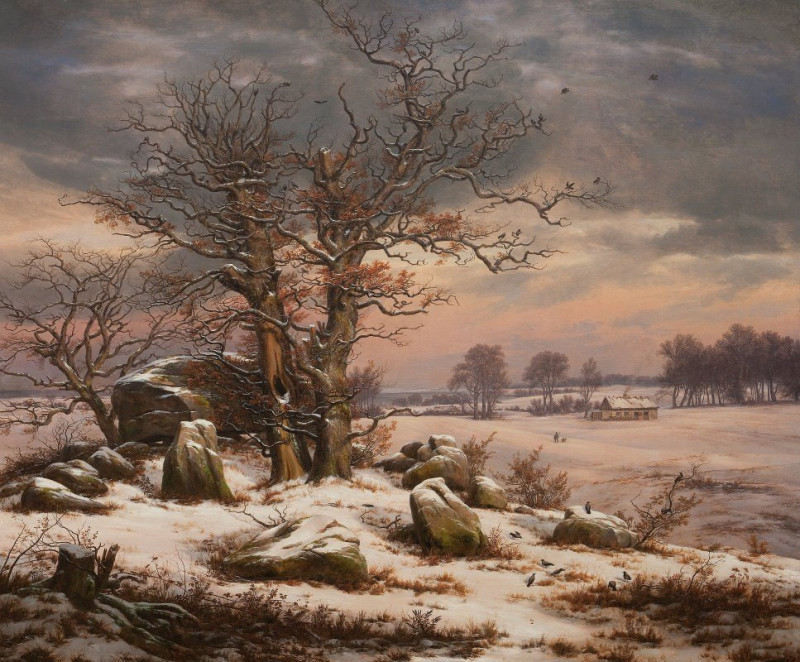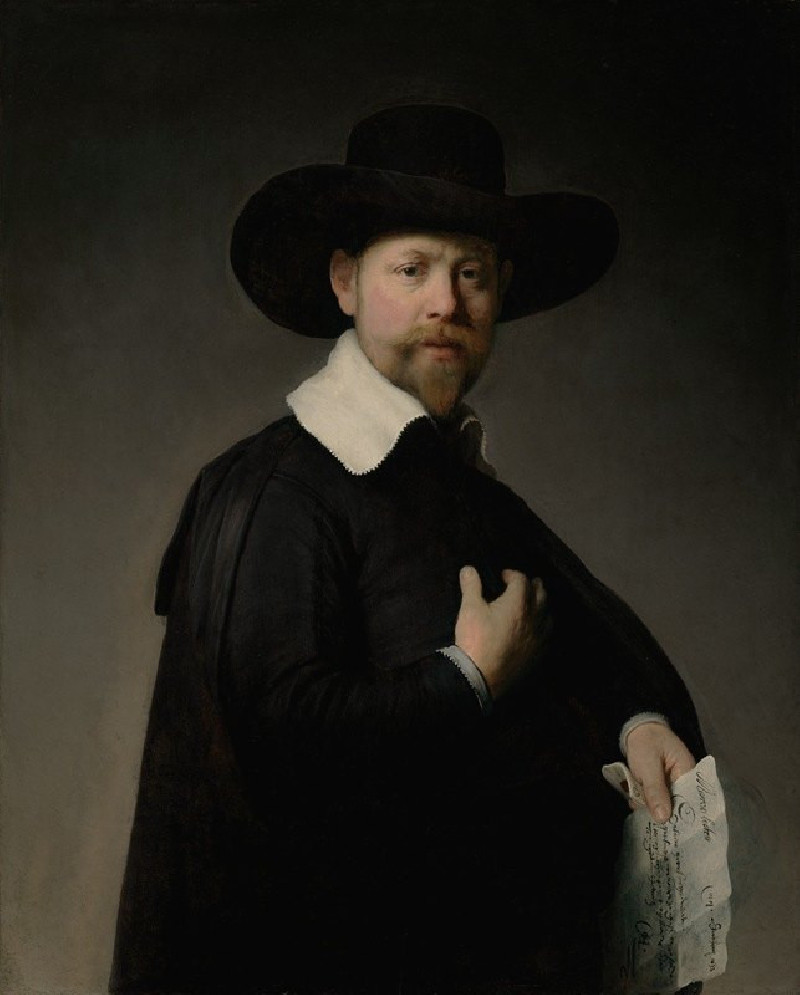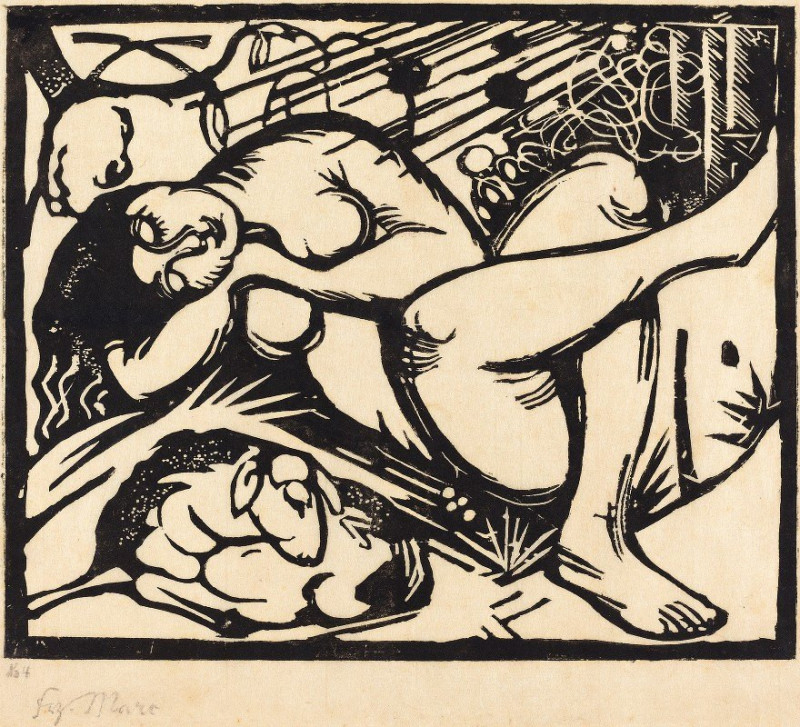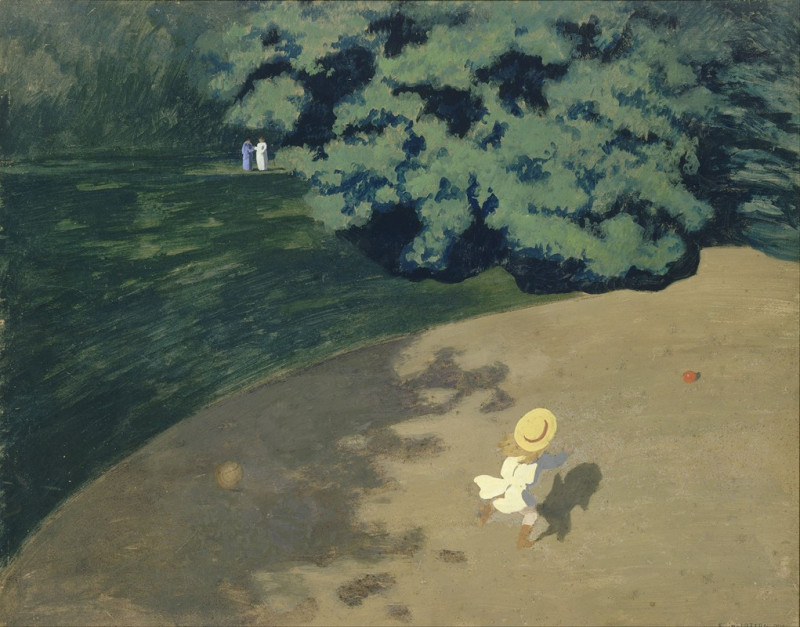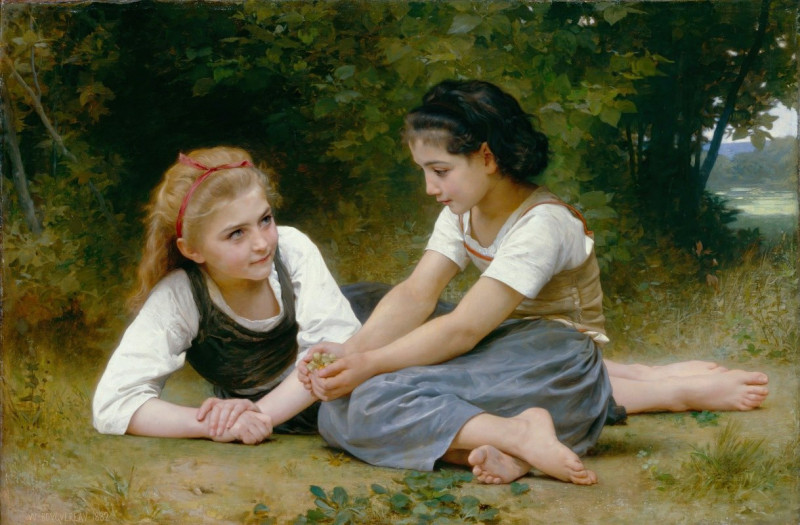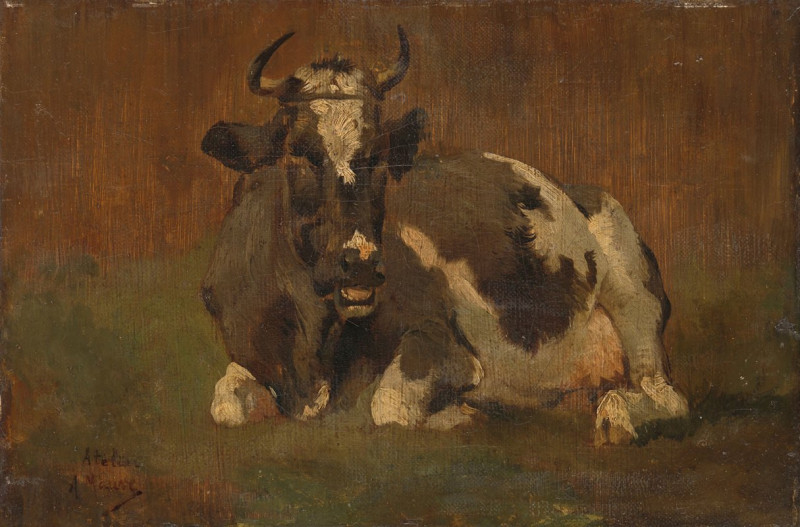At the Board Game (1902)
More about this artwork
Delivery
Returns
Jean-Édouard Vuillard (11 November 1868 – 21 June 1940) was a French painter, decorative artist, and printmaker. From 1891 through 1900, Vuillard was a prominent member of the avant garde artistic group Les Nabis, creating paintings that assembled areas of pure color. His interior scenes, influenced by Japanese prints, explored the spatial effects of flattened planes of color, pattern, and form. As a decorative artist, Vuillard painted theater sets, panels for interior decoration, and designed plates and stained glass. After 1900, when the Nabis broke up, Vuillard adopted a more realistic style, approaching landscapes and interiors with greater detail and vivid colors. In the 1920s and 1930s, he painted portraits of prominent figures in French industry and the arts in their familiar settings.
Vuillard was influenced by Paul Gauguin, among other post-impressionist painters.

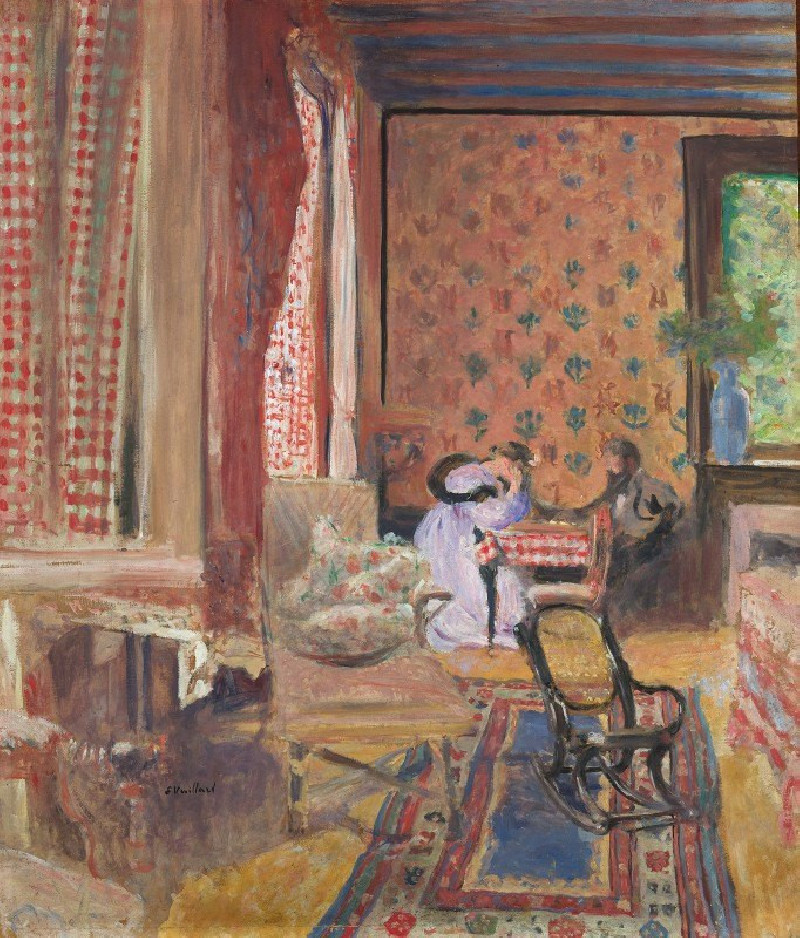
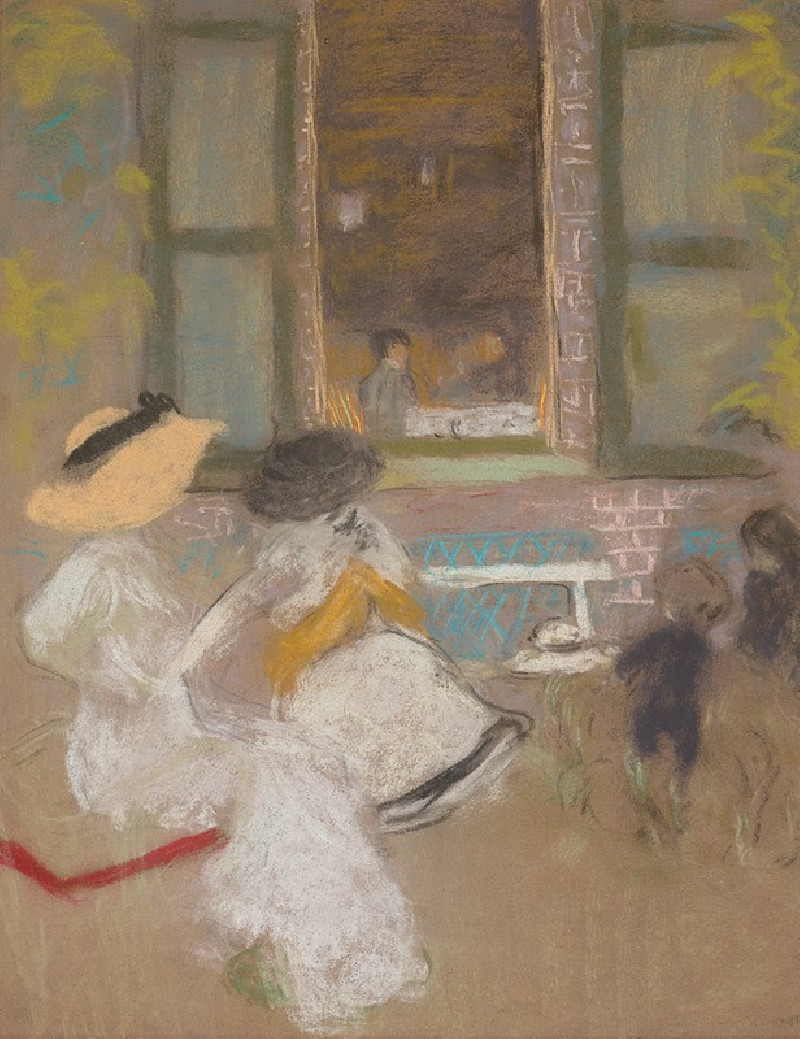
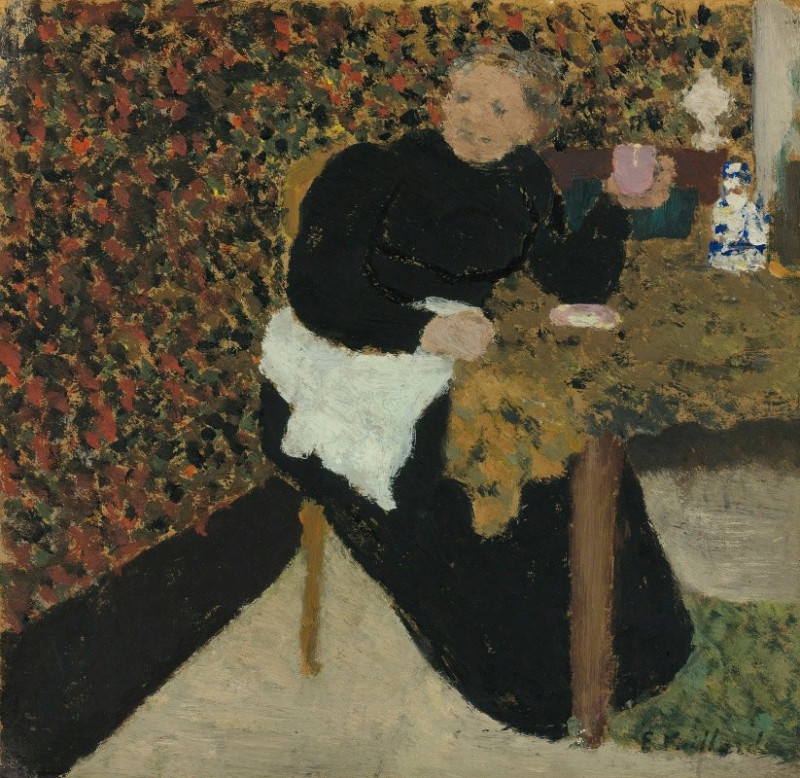
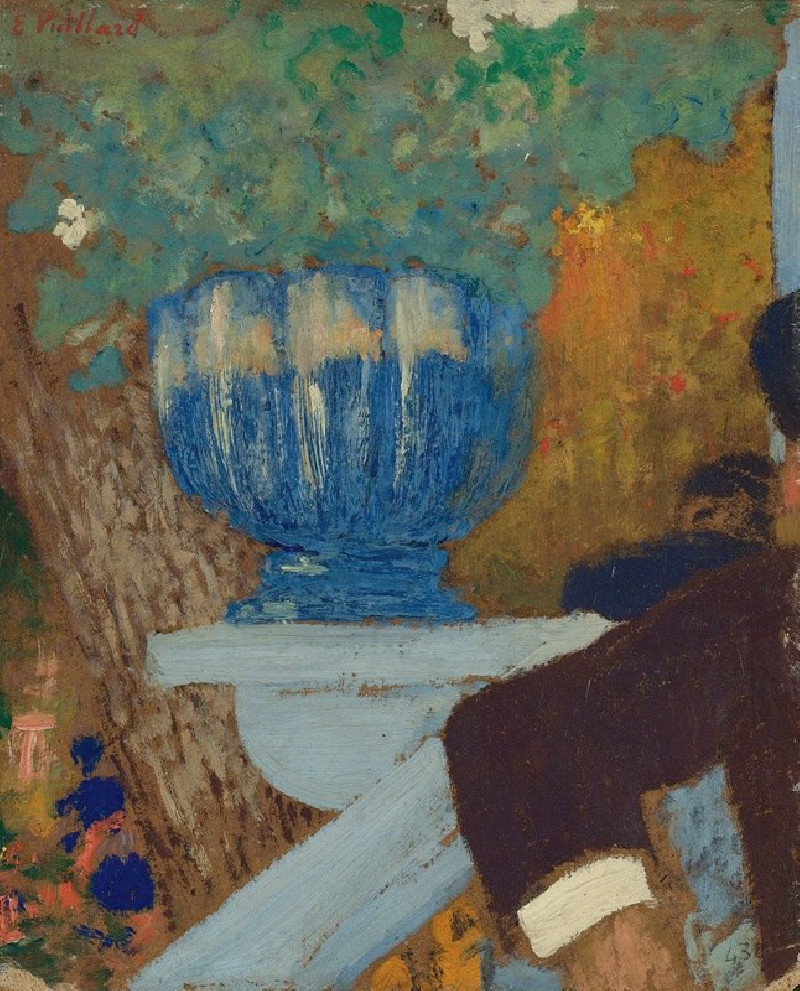

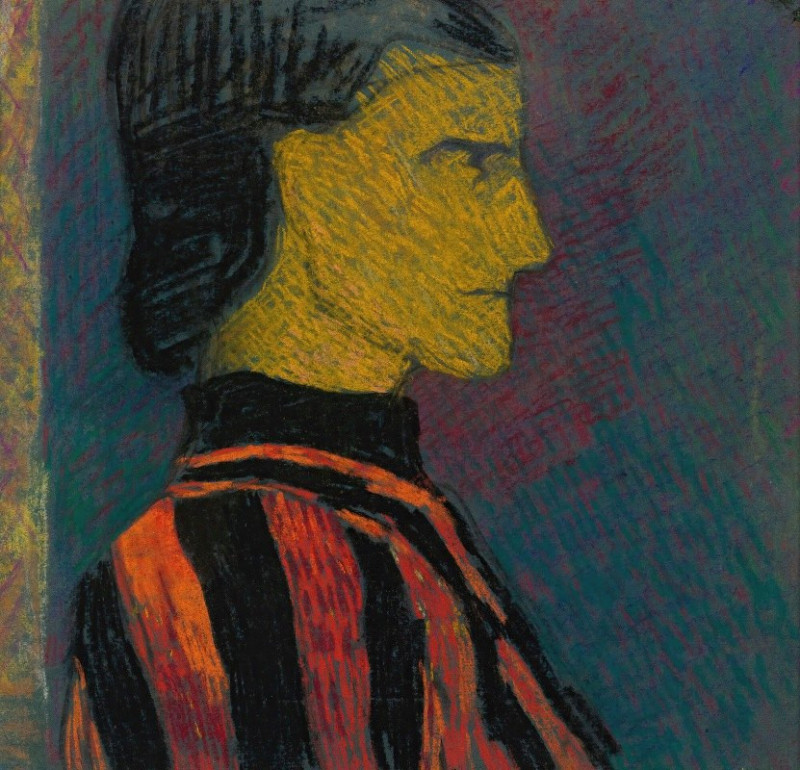
![Nature morte au bougeoir [The Candlestick] (1900) reproduction of painting by Édouard Vuillard. ALL GICLEE PRINTS](https://reprodukcijos.lt/38989-large_default/reproduction-of-nature-morte-au-bougeoir-the-candlestick-1900.jpg)
